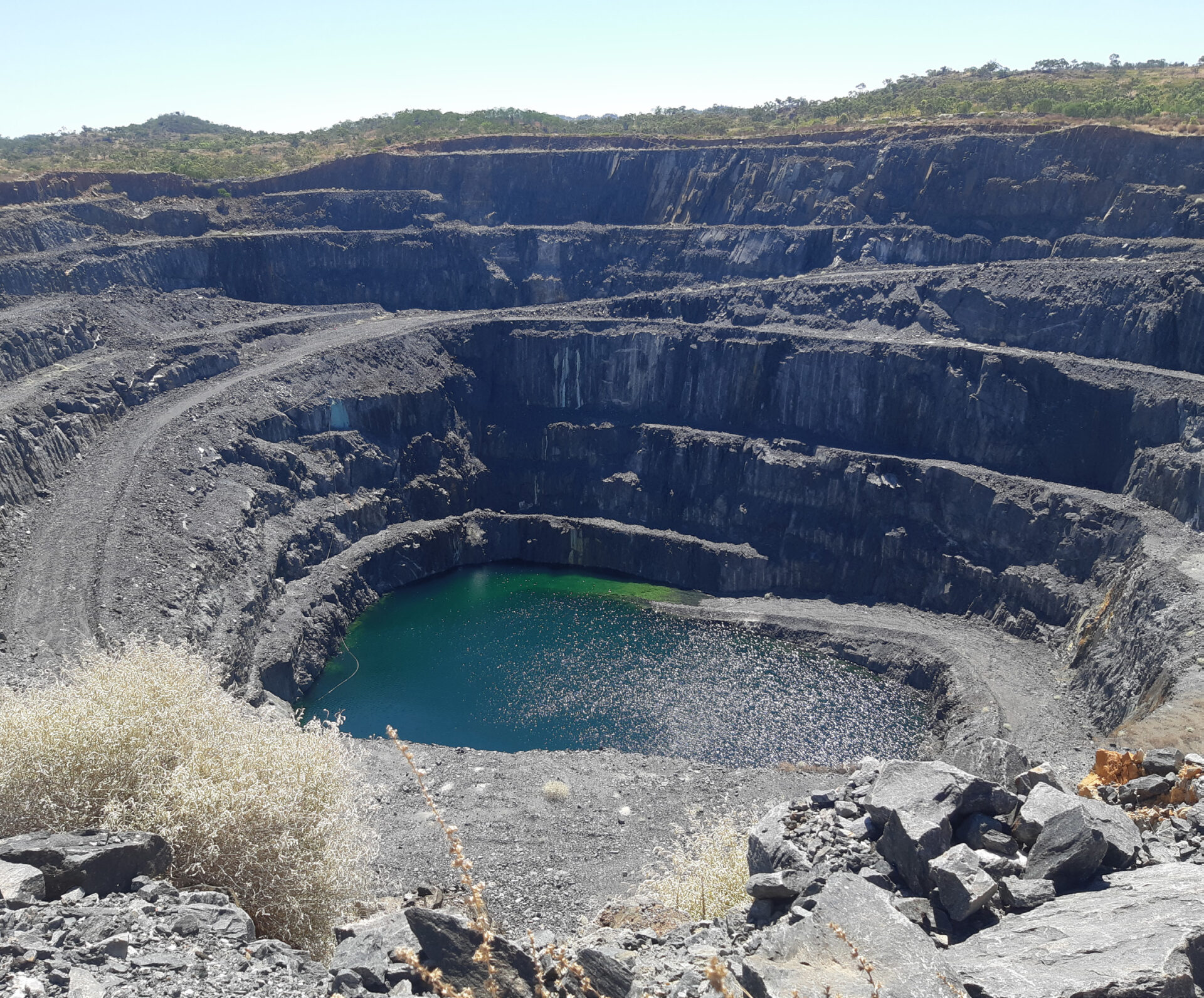Background
SGME was engaged for our expertise in mine closure to prepare a targeted assessment program and a rehabilitation management plan to assess the final landform design and land use outcomes for a tailings storage facility. The underground mine is located approximately 11 kilometres north of Cobar in central-western New South Wales. It is located in a semi-arid climate characterised by low humidity, low rainfall and high evaporation. Annual rainfall averages 400 millimetres (mm), usually falling heavily between December and February; however, rainfall is greatly exceeded by 2,200 mm of average annual evaporation.
Objective
The mine received a notice from the Government under section 240 of the Mining Act 1992. This notice highlighted several directives aimed at ensuring effective rehabilitation of the tailings storage facility (TSF). Directive 1 required nomination of a qualified tailings rehabilitation expert to assess the final landform design. Directives 2-6 mandated a schedule of studies and reporting.
Solution
SGME’s team of experts developed a strategy and undertook a work program developed to meet the directives. Directive 1 involved nominating SGME’s mine rehabilitation expert for Government approval. A thorough desktop review was conducted identifying gaps in the mine’s rehabilitation plan including: insufficient final landform design, long-term stability assessments, suitability of surface water management controls, and rehabilitation material inventories. These shortcomings posed a risk as the rehabilitation strategy had not been verified to deliver sustainable outcomes, and compliance with statutory obligations.
An in-depth report covering various critical aspects of mine rehabilitation was developed to address Directive 2. Our methodology assessed the type, source and quantities of rehabilitation materials required, and evaluated the quantities needed for adequate cover and capping design. Forward projections of changes to rehabilitation inventories and an assessment of current and potential future shortfalls in these materials were evident. Mitigation controls were proposed to address identified shortfalls, and a detailed map of rehabilitation material sources formed part of the report.
In response to Directive 2-6, SGME’s team of experts applied their knowledge and in-depth industry experience in tailings closure and rehabilitation to assess the stability of the TSF. This assessment also included validating a preferred cover design, evaluating geochemical stability, and analysing erosion potential and surface water management structures. We conducted various studies and laboratory testing including leach column and humidity cells, rainfall simulator studies, and WEPP and LAPSUS modelling for erosion prediction and landform analysis. Our efforts culminated in a final report that validated the final landform’s stability and erosion potential, and made future recommendations. A rehabilitation management plan was prepared that complied with the Environment Planning and Assessment Act 1979 and our rehabilitation commitment for a final land use complied with the Mining Act 1992.
Applying our research, our experience and industry best practices enables SGME to play a significant role in solving complex challenges in the mining industry. Our in-depth understanding of the distribution of chemical elements in rocks and minerals, and absorption of these elements into soil and water, enable our clients to mitigate negative impacts on the environment. This underscores our unwavering stewardship and dedication to sustainable practices, and our goal of creating enduring value for the future.
